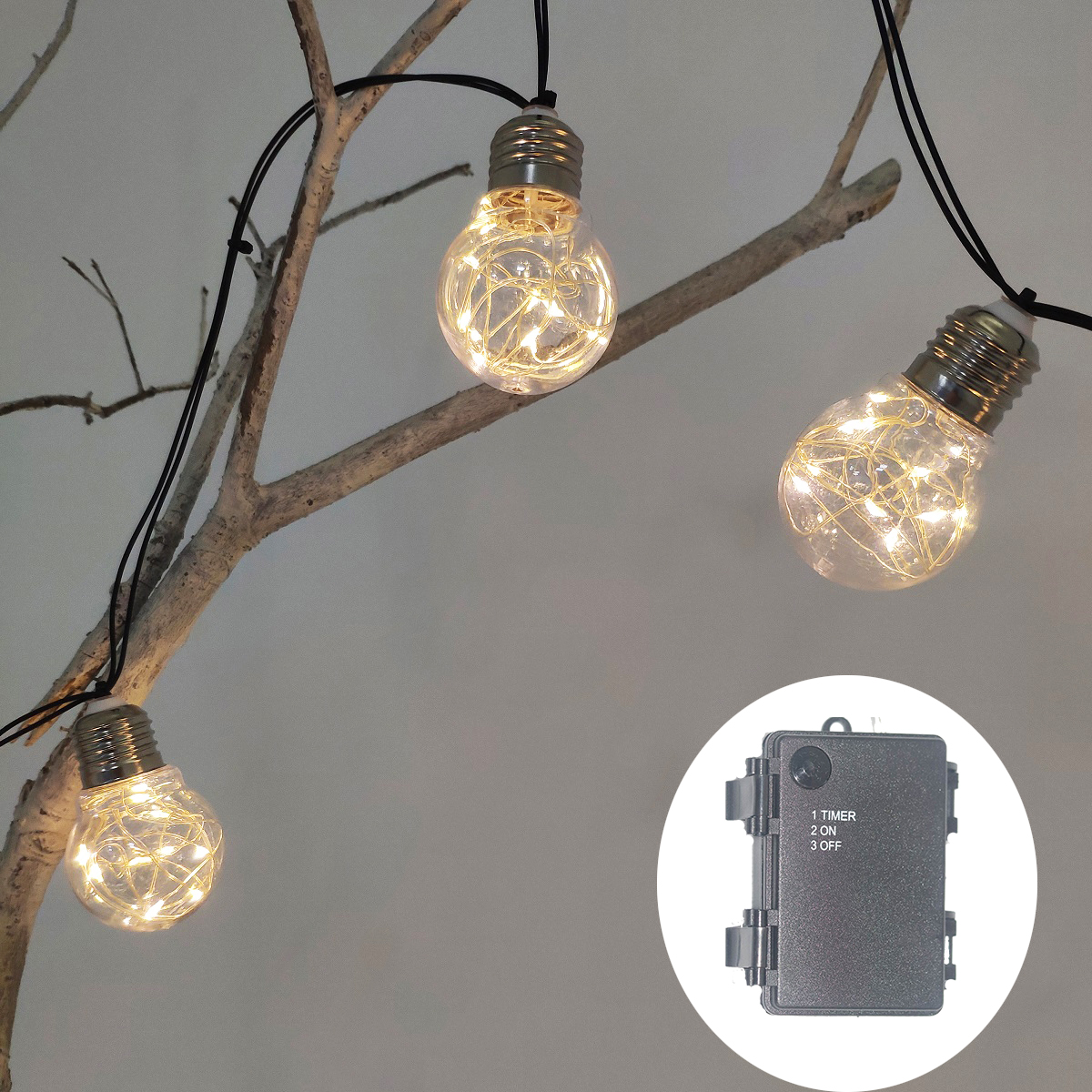

The LTM8042 is an LED driver that can support LEDs with […]
The LTM8042 is an LED driver that can support LEDs with up to 1 A current and 3000:1 dimming ratio. It operates with an input voltage range of 3 V to 30 V and a frequency range of 250 kHz to 2 MHz, so it can be widely used in various fields such as scanners, automobiles, and aviation lighting.
The LTM8042 can be easily configured into three topologies (boost, buck, and buck-boost) to meet a variety of specific application needs. The boost topology is suitable for low input voltage and high string voltage, and the buck topology is more suitable for high input voltage and low string voltage. The buck-boost topology is used for a wide input range where the voltage may be lower or higher than the LED string. This article describes how to choose the appropriate topology and its corresponding connections.
The most commonly used topology for LED drivers is boost applications, which may be used for LED arrays powered by a 12 V input power rail with VIN <VF. Figure 1 shows the LTM8042 boost solution, and Figure 2 shows the block diagram. The input voltage is connected to the BSTIN/BKLED-terminal, and the cathode of the LED string is connected to GND. When the transistor Q is turned on, current is accumulated in the inductance L. Once Q is turned off, the voltage on L changes polarity, and the inductor current starts flowing to the output filter capacitor C2. LED dimming is implemented in the PWM section, which adjusts the duty cycle and even the average LED current (set by the resistor RCLR). Capacitor C1 is the input voltage filter.
The buck topology is used for relatively high input voltages, such as automotive and industrial 24 V power rails. Figure 3 shows a block diagram of VIN> VF configuration. The input voltage is connected to the BSTOUT/BKIN terminal, and the LED cathode is connected to the BSTIN/BKLED– terminal. When the transistor Q is turned on, current flows from the input terminal through the LED string and the inductor L to GND. Once Q is turned off, the voltage on L will change polarity and diode D will be forward biased, thereby pulling the LED cathode below the input voltage level, providing the set current value in the LED string. C5 creates an output filter for this topology.
In many commercial, battery, and solar power applications, the input voltage varies widely. In these cases, the buck-boost topology shown in Figure 4 is most appropriate. The input voltage and LED cathode are connected to the BSTIN/BKLED-terminal. When the transistor Q is turned on, current is accumulated in the inductance L. Once Q is turned off, the voltage on L will change polarity, forward biasing diode D, and the voltage will rise above the input level. PWM keeps the current flowing through the LED and C5 at the set value, and C2 acts as an output filter. The LED string voltage VF can be lower or higher than VIN.
The three topologies all use the LTM8042’s DC1511 demonstration circuit to test — using the same LED string, output current, and switching frequency in all cases. In order to ensure that the bias power consumption of the three settings are the same, the same VCC is also provided (as shown in Figure 1). In most cases, the VCC pin can be connected to VIN. Figure 5 shows the resulting efficiency curve. Are these three topologies available in LTspice? Modeling in the environment, simulation files related to LTM8042 can be found in the data sheet.
in conclusion
The LTM8042 is a versatile and efficient LED driver that can operate over a wide input voltage range while providing up to 1 A LED string current. The LTM8042 can be easily used as a boost, buck or buck-boost driver to meet the needs of many applications.



